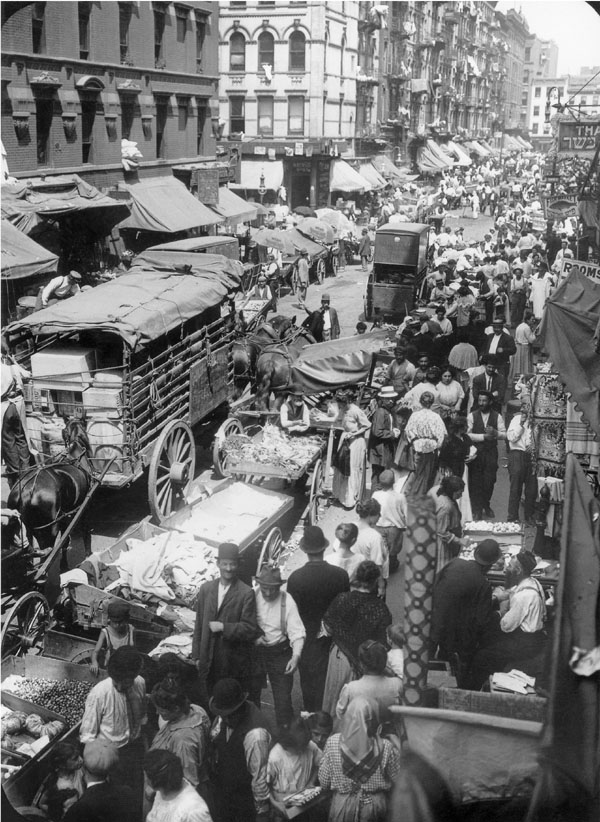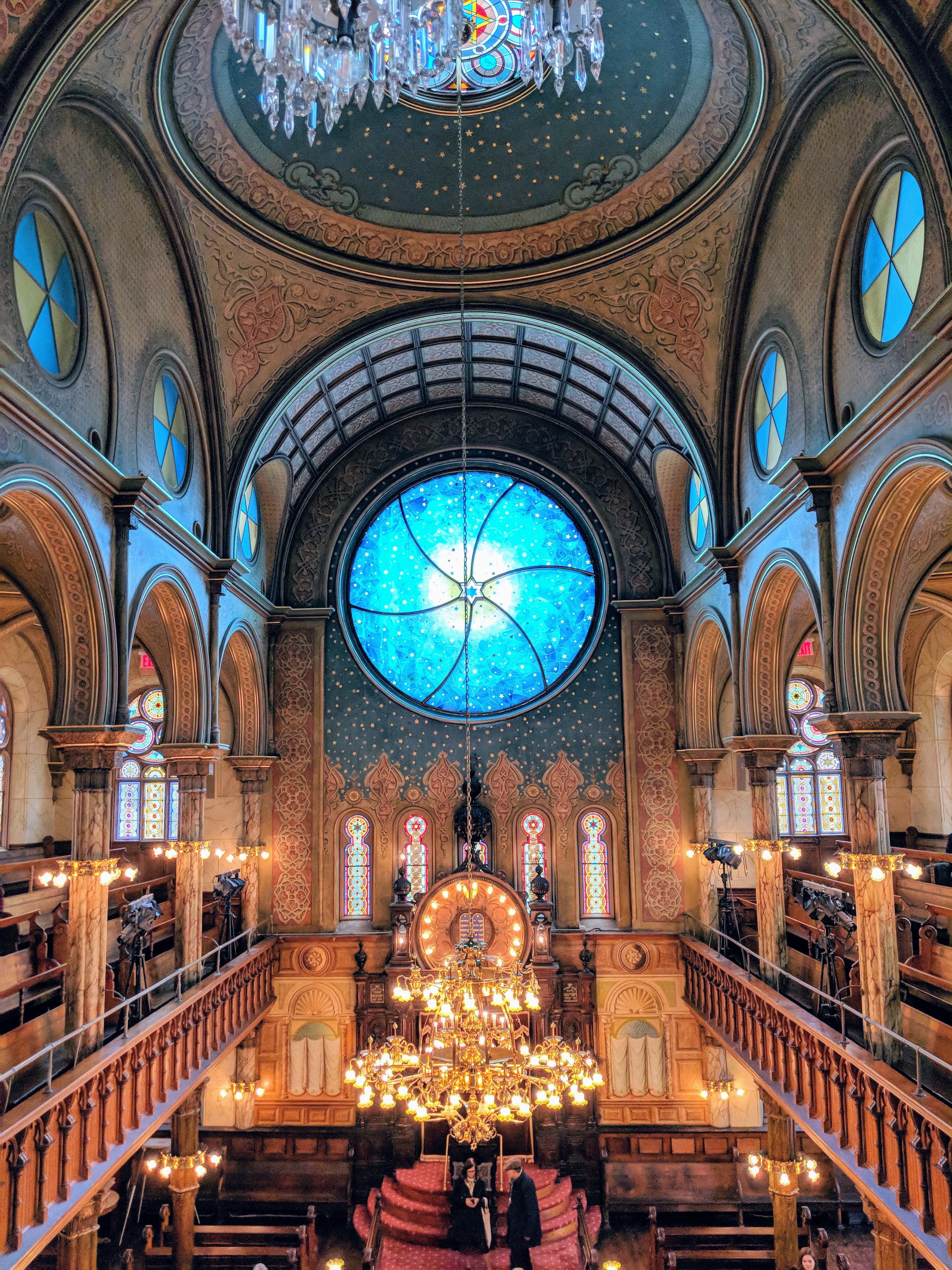Yiddish New York: A Living Heritage of Torah, Safety, and Continuity
Walk down Hester Street in a century-old photograph and you can almost hear it: the bargaining at pushcarts, the crackle of Yiddish in the air, the thrum of a city being learned from scratch. New York’s Yiddish world built neighborhoods, newspapers, theaters, unions—and a language ecology that turned the Lower East Side into the capital of Jewish America. A century later, the language survives in pulpits and playgrounds of Borough Park and Williamsburg, in a restored synagogue glowing like a lantern, and on a stage where a Yiddish Fiddler once sold out night after night. The questions are newer—safety, schooling, affordability, politics. The instinct is older: hold fast, adapt, don’t be passive.
⸻

A Living Archive with a Centennial Spine
The YIVO Institute for Jewish Research—founded in Vilna, rebuilt in New York—anchors the city’s Yiddish scholarship inside the Center for Jewish History. Its centennial has been less a nostalgia tour than an infrastructure project: exhibitions, classes, and mass digitization to keep Yiddish texts and East European Jewish history searchable—and useful.

⸻
Second Avenue Still Breathes
Once the city’s “Jewish Rialto,” Second Avenue’s Yiddish stages left an architectural footprint that endures. The former Yiddish Art Theatre—now Village East by Angelika—remains a Moorish-tinged reminder of a district where Yiddish drama moved tickets and hearts.


⸻
Continuity by Doing, Not Mourning
Continuity here is muscular, not mournful. Archives get scanned. Stages get filled. Tenement blocks are walked as open-air classrooms. In the restored sanctuary on Eldridge Street, stained glass and chandeliered galleries frame a living museum that doubles as a memory palace for immigrant New York.

“The city still teaches Yiddish by osmosis: in grocery lines on Lee Avenue, in supertitles that pull in teenagers with no family memories of the old country.”
Security, Schools, and the Next Argument
Across New York’s Jewish neighborhoods, two policy fronts remain hot: day-to-day security amid spikes in antisemitic incidents, and the state’s evolving enforcement of “substantial equivalency” in nonpublic schools. The first has spurred tighter coordination with law enforcement and community patrols; the second continues to balance religious liberty against civic standards—an argument that shapes the next generation’s tools for work and citizenship.
⸻
Then, in Motion: A Minute on Hester Street (1903)
A one-minute Edison short—Move On (1903)—captures pushcarts and a policeman clearing the street: the Lower East Side before indoor markets and before the neighborhood scattered uptown and out.
⸻
The Through-Line
New York’s Yiddish story is less a museum case than a toolkit. The tools change—digitization, supertitles, advocacy groups, security patrols—but the method is familiar: build institutions, negotiate with power, test every alliance, preserve what matters. The Lower East Side taught that once. The city is still learning.


